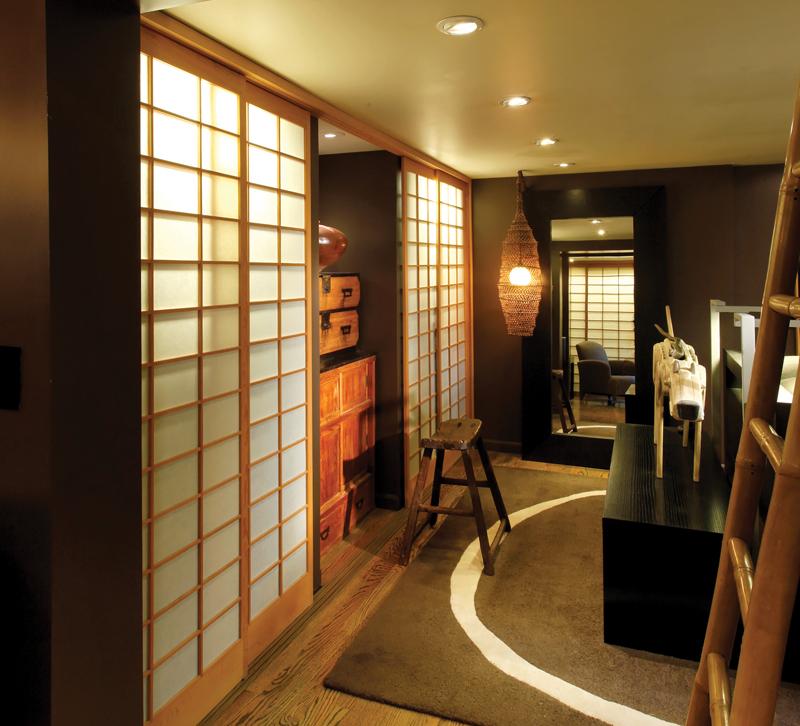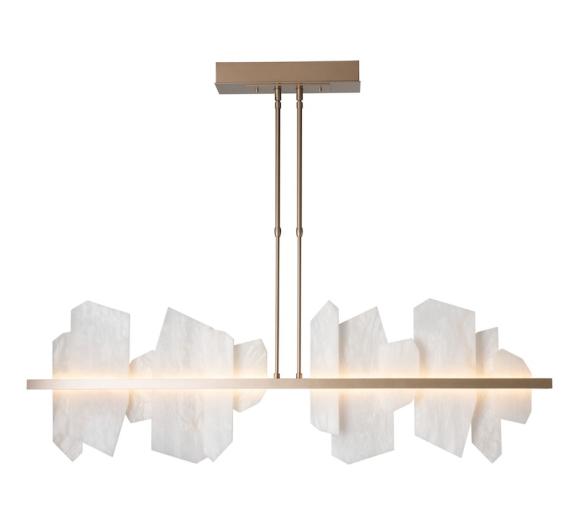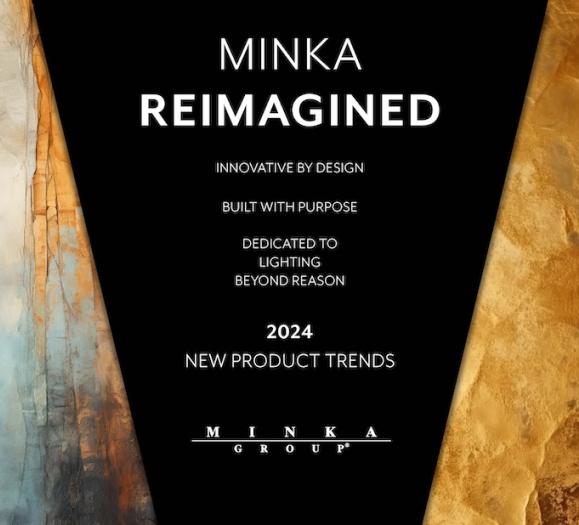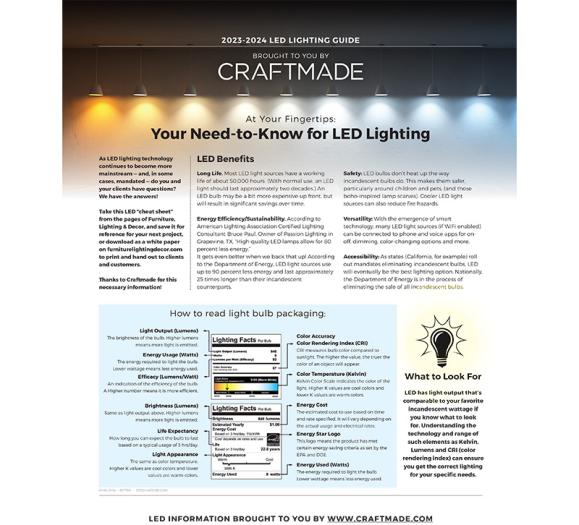TIP 1: Look at the time!
When you’re getting dressed in the morning, often it’s still dark, so you’re depending on the illumination in your closet to make clothing selections. If the sun was out, we could walk over to the window to double check the color and see if two pieces of clothing work with each other. Before dawn, we don’t have that choice. We’re dependent on artificial light. If incandescent light is the only source in your closet, then the warmness of that illumination is shifting colors significantly. Whites will look yellow, blues will look green and reds will look orange. And it’s almost impossible to tell the difference between navy blue and black under incandescent light. Once you’re at the office, you realize that that purple shirt is really dark blue. You also may have on one black sock and one navy blue sock.
You may justify this by thinking you were just too sleepy when making your ensemble selections. Rest assured, it’s the color temperature of the light that’s undermining your fashion choices. My recommendation is to install a light source that’s closer in color temperature to daylight. This can be anywhere from 4000K, which is a common color temperature used in office spaces, to 5000K, which is the color of the yellow sun mixed with the blue sky.
Now that I have you convinced to use a cool color temperature in your closets, I’m recommending that you also have a warm color temperature as well. The reason for this is that at night, you’re more than likely going to be seen in incandescent-colored illumination, and should have the ability to pick out shades of clothing based on the illumination in which you will be seen. Theaters, restaurants and bars are not lit like office spaces. The rule of thumb is to dress for the light you will be seen in.
TIP 2: Hue and cry
For many years, before LEDs came into play, we would have an incandescent source on one switch or dimmer and an appropriately daylight-colored fluorescent with its own separate control. Back then we didn’t know anything about CRI. We knew fluorescent light was awful, we just didn’t know why specifically. We now know that fluorescents have a CRI of around 80, which is pretty underwhelming. You want something with a CRI of 90 or higher to get the clarity and color quality we need. We specify linear LEDs, mounted above the hanging rods, which allows you to dial in a color temperature anywhere between 2200K (the color of candlelight) and 5000K (the color of daylight). If you have a little bit of a budget issue, you can use a 4000K to 5000K linear LED above the clothing, augmented with incandescent or incandescent-colored LED on the ceiling. These would be on separate switches so that you would have the ability to dress for day or evening.
TIP 3: Location, location, location
Usually, there’s a shelf above the hanging rods. The linear LED would be mounted along the front edge of the shelf, projecting light down and back towards the clothing. You can order an extruded aluminum channel that projects the light out at a 45-degree angle. Or you can use a 1-inch to 2.5-inch wood fascia at the front face of the shelf, mounting the LED linear illumination on the backside. A triangular wood trim on the backside of the fascia could be installed so that the LEDs could be aimed at a 45-degree angle. There are even hanging rods with LED lighting built right into them. Fancy-schmancy.






